Global avian influenza outbreaks 2010-2016: a systematic review of their distribution, avian species and virus subtype
- PMID: 29368637
- PMCID: PMC5784696
- DOI: 10.1186/s13643-018-0691-z
Global avian influenza outbreaks 2010-2016: a systematic review of their distribution, avian species and virus subtype
Abstract
Background: We conducted a systematic review to investigate avian influenza outbreaks and to explore their distribution, upon avian influenza subtype, country, avian species and other relating details as no comprehensive epidemiological analysis of global avian influenza outbreaks from 2010 to 2016 exists.
Methods: Data was collated from four databases (Scopus, Web of Science Core Correlation, PubMed and SpringerLink electronic journal) and a global electronic reporting system (ProMED mail), using PRISMA and ORION systematic approaches. One hundred seventy three avian influenza virus outbreaks were identified and included in this review, alongside 198 ProMED mail reports.
Results: Our research identified that the majority of the reported outbreaks occurred in 2016 (22.2%). These outbreaks were located in China (13.6%) and referred to commercial poultry farms (56.1%). The most common subtype reported in these outbreaks was H5N1 (38.2%), while almost 82.5% of the subtypes were highly pathogenic avian influenza viruses. There were differences noticed between ProMED mail and the scientific literature screened.
Conclusions: Avian influenza virus has been proved to be able to contaminate all types of avian species, including commercial poultry farms, wild birds, backyard domestic animals, live poultry, game birds and mixed poultry. The study focused on wet markets, slaughterhouses, wild habitats, zoos and natural parks, in both developed and developing countries. The impact of avian influenza virus seems disproportionate and could potentially burden the already existing disparities in the public health domain. Therefore, a collaboration between all the involved health sectors is considered to be more than necessary.
Keywords: Avian flu; Avian influenza; Avian species; Outbreak; Wild birds.
Conflict of interest statement
Ethics approval and consent to participate
Not applicable.
Consent for publication
Not applicable.
Competing interests
The authors declare that they have no competing interests.
Publisher’s Note
Springer Nature remains neutral with regard to jurisdictional claims in published maps and institutional affiliations.
Figures
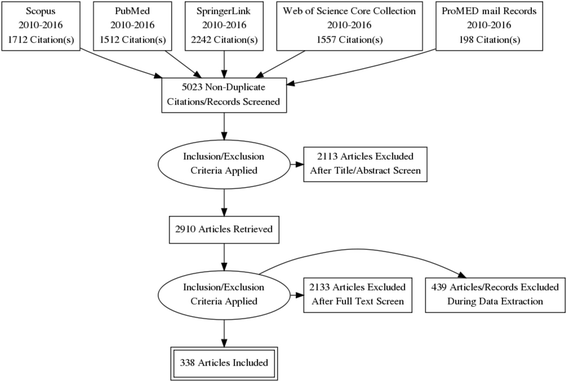
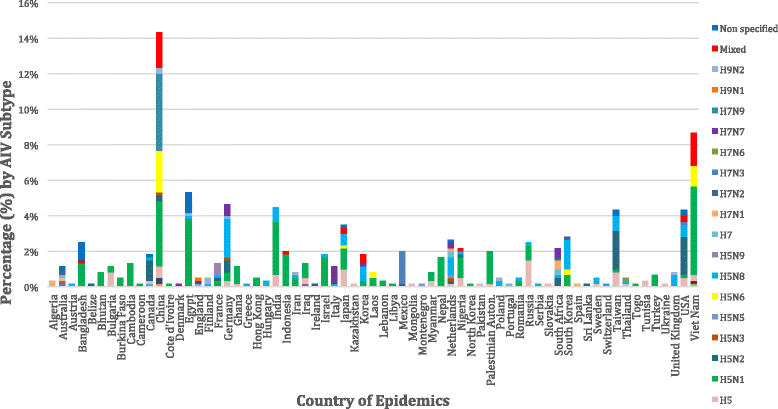

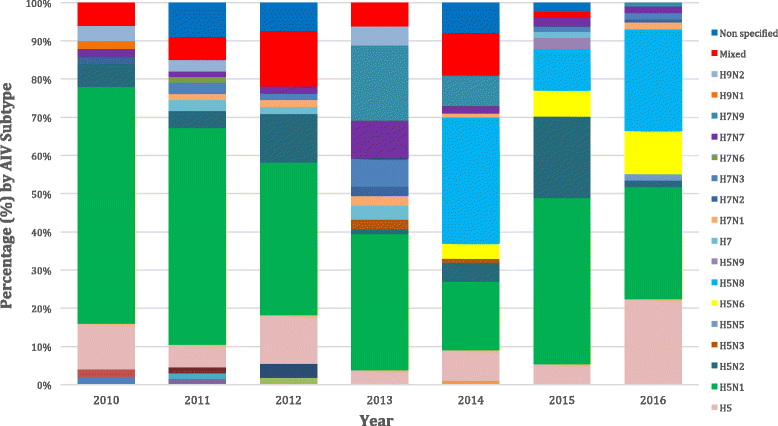
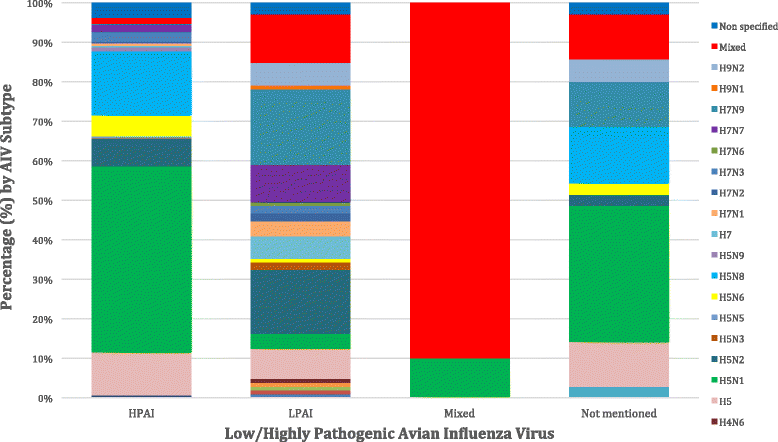
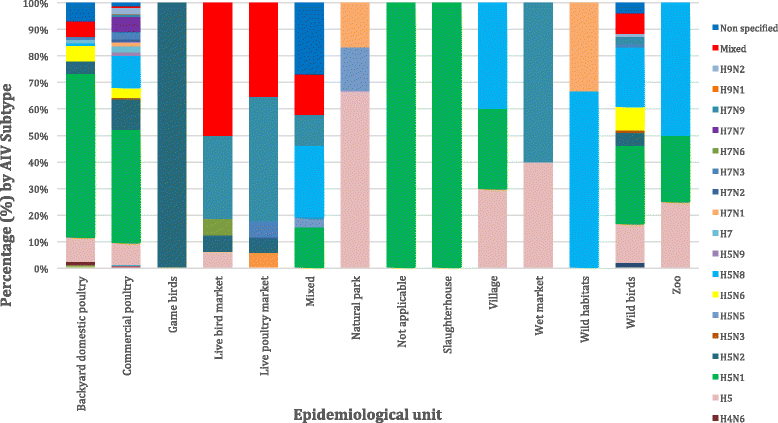
References
-
- James C. Control of communicable disease manual. Washington DC: American Public Health Association; 2000.
-
- Principles of Epidemiology in Public Health Practice, Third Edition An Introduction to Applied Epidemiology and Biostatistics [Internet]. Centres Dis. Control Prev. p. 2012. Available from: http://www.cdc.gov/ophss/csels/dsepd/ss1978/lesson1/section11.html.
-
- World Health Organization . Disease outbreaks. 2016.
-
- Wagner MM, Gresham LS, Dato V. Case detection, outbreak detection, and outbreak characterization. London: Academic Press; 2006.
Publication types
MeSH terms
LinkOut - more resources
Full Text Sources
Other Literature Sources
Medical

